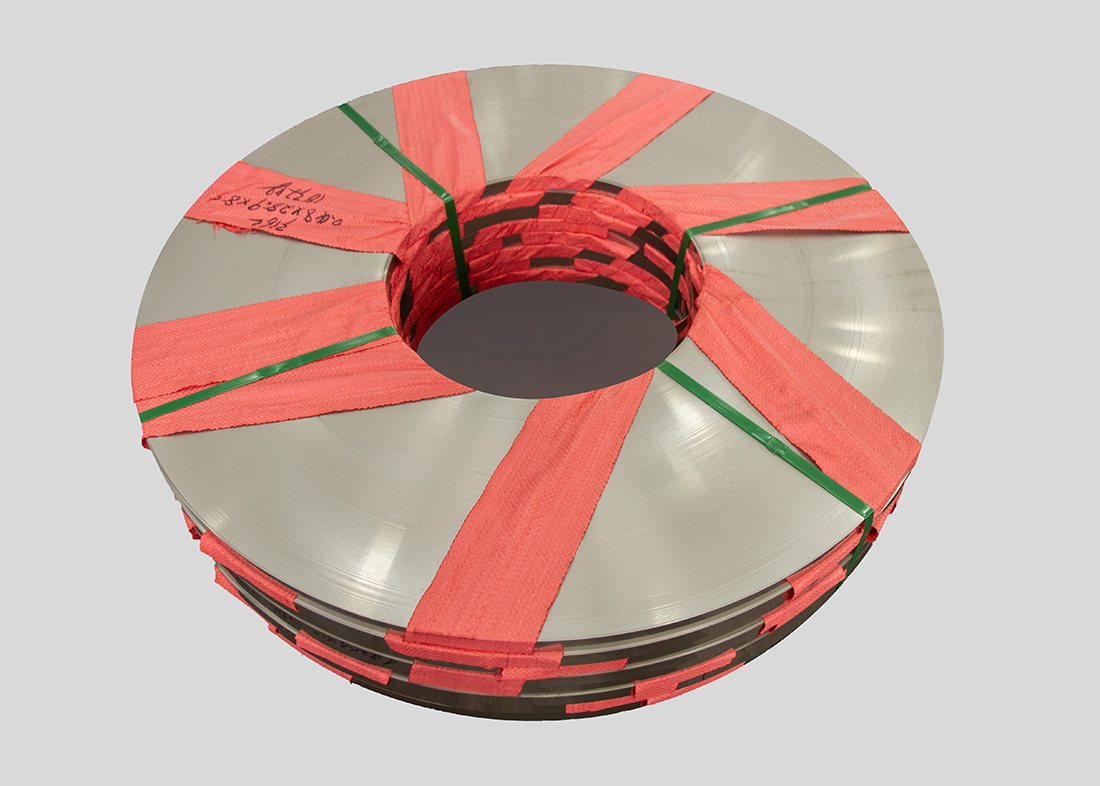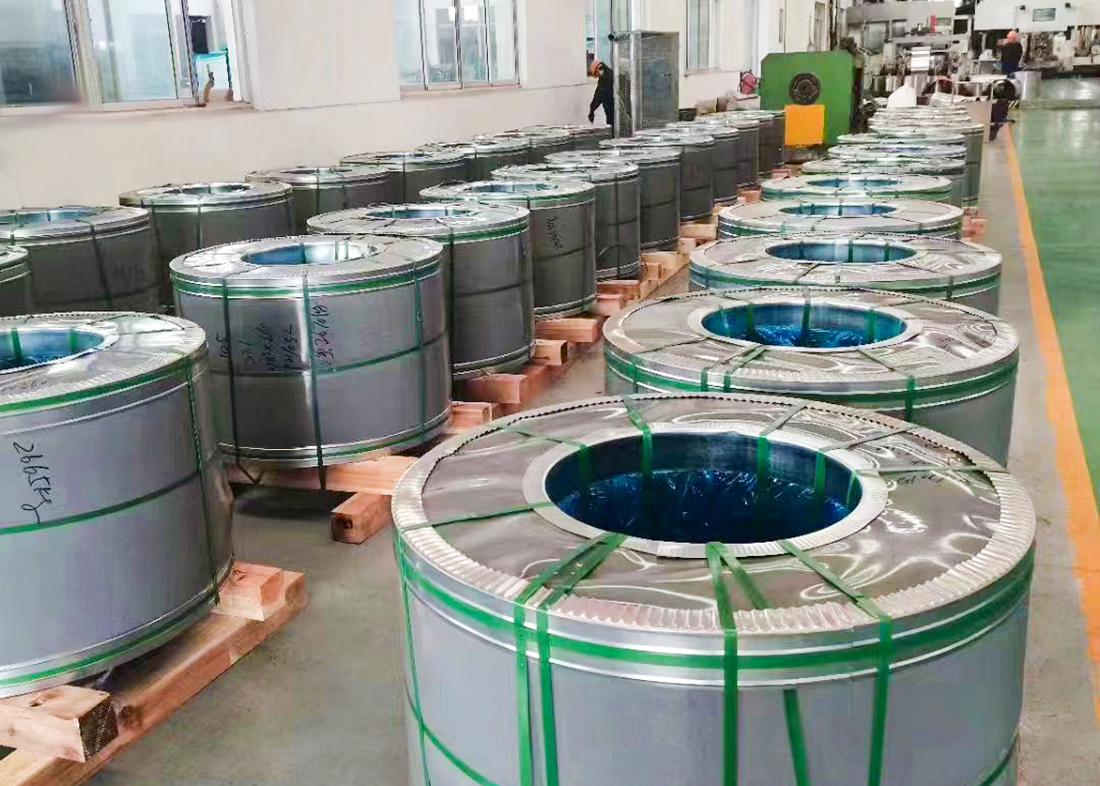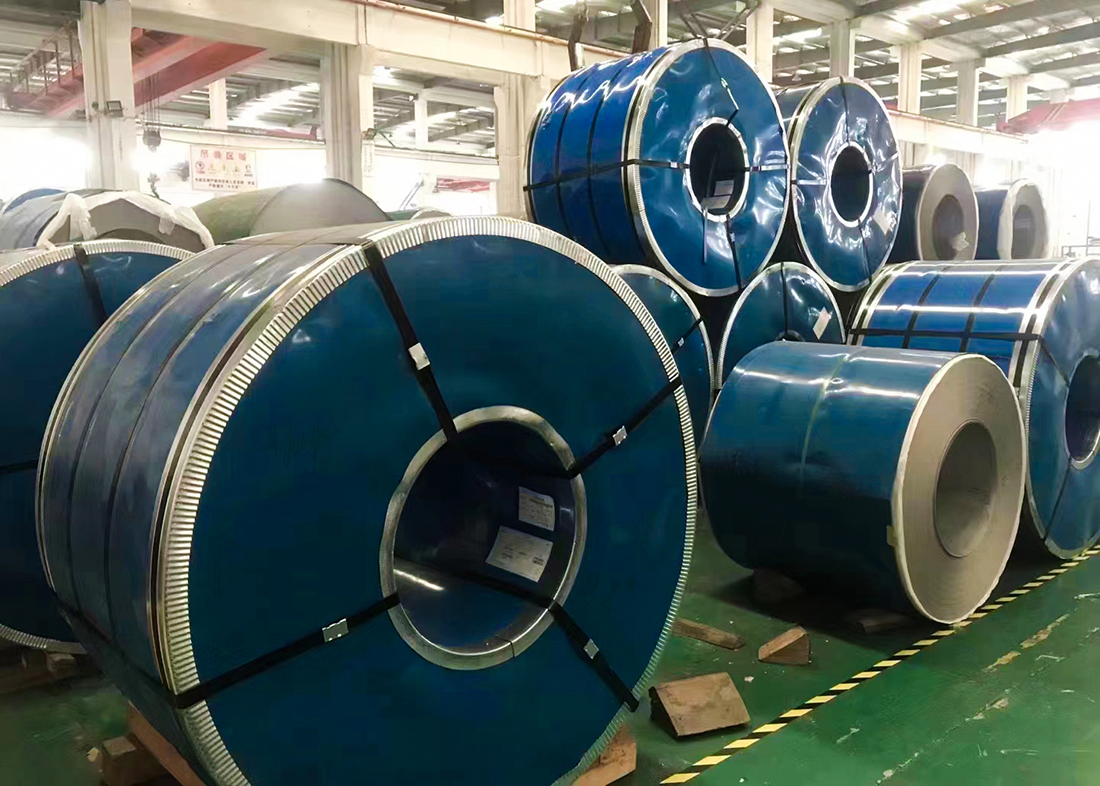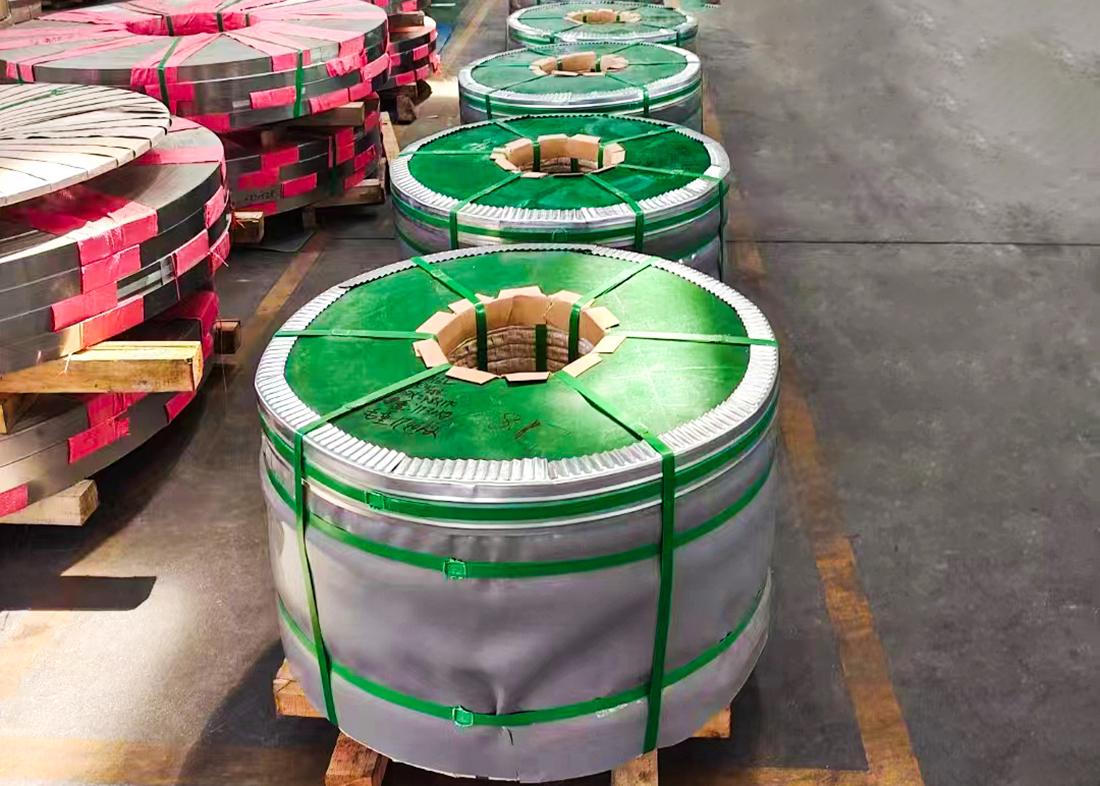
What are the applications of stainless steel coils in the energy industry
source:www.tzjbxx.cn | Release time:2025年06月17日1、 Oil and gas extraction and processing
1. Oil and gas transmission pipelines
Material: Commonly used 304 and 316L austenitic stainless steel coils (resistant to hydrogen sulfide and carbon dioxide corrosion), or duplex stainless steel coils (such as 2205, resistant to chloride stress corrosion).
Application scenarios:
Offshore oil and gas field subsea pipelines: resistant to high salt corrosion and high-pressure environments in seawater, avoiding leaks (such as 316L stainless steel coil welding).
Onshore sulfur-containing oil and gas pipelines: treat acidic media containing H ? S and CO ? to prevent sulfide stress corrosion cracking (SSC).
2. Oil and gas storage equipment
Tank lining and shell: 316L stainless steel coil is used to make the inner wall lining plate of the tank to prevent erosion by moisture and corrosive components in crude oil and natural gas; The outer surface can be made of 430 ferritic stainless steel coils to reduce costs and resist atmospheric corrosion.
Liquefied natural gas (LNG) equipment: In a low-temperature environment of -162 ℃, 304L stainless steel coils (with good low-temperature toughness) are used to make LNG storage tank pipelines and connectors to avoid low-temperature brittleness.
3. Refining equipment and pressure vessels
Reactor and Heat Exchanger: During the crude oil refining process, 316L stainless steel coils are used to manufacture distillation towers and heat exchanger tube bundles, which resist corrosion from high-temperature heavy oil and acidic media; The lining of the hydrogenation reactor is made of duplex stainless steel coils to enhance its resistance to hydrogen embrittlement.
Pressure vessel shell: High pressure separators are made of high-strength duplex stainless steel coils (such as 2507) to meet pressure resistance (≥ 10MPa) and corrosion resistance requirements.
2、 Power and energy industry
1. Thermal power generation
Boiler and piping system:
High temperature superheater pipeline: using 310S (0Cr25Ni20) austenitic stainless steel coil, resistant to high temperature flue gas oxidation above 1000 ℃;
Flue gas desulfurization and denitrification equipment: The internal components of the wet flue gas desulfurization tower (such as spray pipes and trays) are made of 316L stainless steel coils to resist corrosion from desulfurization slurry (containing sulfate ions).
Condensation system: The condenser tube of the steam turbine is made of 316L stainless steel coils to prevent pitting corrosion caused by circulating water (containing chloride ions).
2. Nuclear power generation
Nuclear Island Equipment: The heat transfer tubes of the steam generator in pressurized water reactor nuclear power plants use 316L stainless steel coils (which must meet nuclear grade material standards) to resist corrosion from high temperature, high pressure water, and radioactive environments; The inner lining of the containment vessel is made of duplex stainless steel coils to enhance structural strength and corrosion resistance.
Spent fuel treatment: The storage pool is lined with 304 stainless steel coils to prevent corrosion from radioactive wastewater and meet shielding requirements.
3. Renewable energy sources (wind power, photovoltaics)
Offshore wind power equipment:
Tower connections and fasteners: processed with 316L stainless steel coils to resist corrosion from ocean salt spray;
Submarine cable protection pipe: made of duplex stainless steel coil (2205), resistant to seawater erosion and mechanical external forces.
Photovoltaic equipment: The inner tank of the solar water heater is made of 304 stainless steel coil, which is resistant to hot water and chloride ion corrosion; Photovoltaic brackets are made of 430 stainless steel coils in coastal areas to reduce the risk of rusting.
3、 New energy (hydrogen energy, energy storage)
1. Hydrogen energy industry
Hydrogen pipeline network and hydrogen storage tank:
High pressure hydrogen pipeline (35MPa/70MPa): welded with 316L stainless steel coil to avoid hydrogen embrittlement (carbon content of the material should be controlled to be ≤ 0.03%);
Hydrogen storage tank lining: Dual phase stainless steel coil (2205) enhances the ability to resist hydrogen induced cracking (HIC) while meeting pressure resistance requirements.
Electrolysis of water for hydrogen production equipment: 316L stainless steel coils (coated with ruthenium iridium) are used for alkaline electrolysis cell plates to resist corrosion from strong alkaline electrolytes such as KOH.
2. Energy storage system
Battery energy storage equipment: 316L stainless steel coils are used for the electrolyte storage tanks and pipelines of flow batteries (such as vanadium batteries), which are resistant to strong acid (sulfuric acid/hydrochloric acid) corrosion; The shell of the energy storage container is made of 430 stainless steel coil, which is resistant to outdoor atmospheric corrosion.
4、 Advantages of stainless steel coil application in the energy industry
Extreme environmental resistance: high temperature resistance (such as 310S resistant to 1200 ℃ high temperature), low temperature resistance (304L maintains toughness at -196 ℃), high pressure resistance (duplex steel pressure resistance ≥ 25MPa).
Corrosion resistant media: Resist H ? S in oil and gas, SO ?2 ? in electric desulfurization solution, Cl ? in seawater, etc., reducing equipment maintenance and replacement costs.
Long lifespan and reliability: Equipment made of stainless steel coils can have a lifespan of 20-30 years, meeting the energy industry's demand for "high reliability and low downtime" (such as a design lifespan of 40 years for nuclear power plant equipment).
prev:
Why is stainless steel strip often used to make c…
next:
Why is stainless steel strip widely used in facto…
【Related articles】
【Related products】
+
 WeChat ID:www.tzjbxx.cn
WeChat ID:www.tzjbxx.cn

 WeChat ID:www.tzjbxx.cn
WeChat ID:www.tzjbxx.cn











 Add WeChat
Add WeChat
 Contact us
Contact us
 The phone
The phone